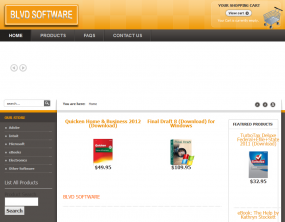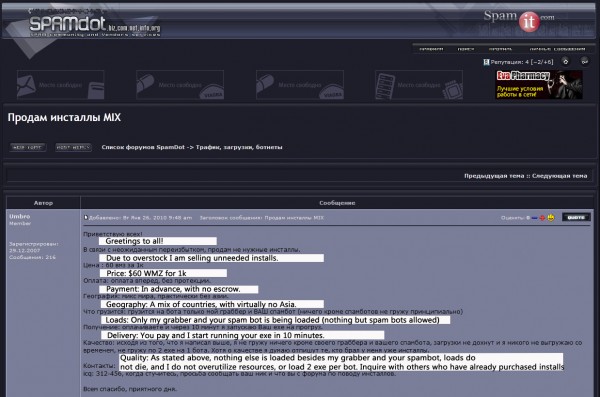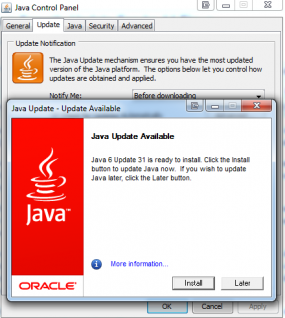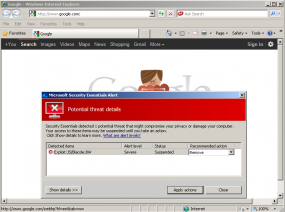For the second time in less than a month, Adobe has issued an update to fix dangerous flaws in its Flash Player software. The patch addresses two vulnerabilities rated “critical,” but Adobe says it is not aware of active attacks against either flaw.
![]() The fixes being released today address a pair of critical bugs that are present in Adobe Flash Player 11.1.102.62 and earlier versions for Windows, Mac, Linux and Solaris, Flash Player v 11.1.115.6 and earlier versions for Android 4.x, and Flash Player 11.1.111.6 and earlier versions for Android 3.x and 2.x. Adobe says both flaws in today’s release were reported by Google security researchers.
The fixes being released today address a pair of critical bugs that are present in Adobe Flash Player 11.1.102.62 and earlier versions for Windows, Mac, Linux and Solaris, Flash Player v 11.1.115.6 and earlier versions for Android 4.x, and Flash Player 11.1.111.6 and earlier versions for Android 3.x and 2.x. Adobe says both flaws in today’s release were reported by Google security researchers.
For Windows, Mac, Linux and Solaris users, the newest version is 11.1.102.63, and is available through the Player Download Center. To find out which version of Flash you have installed, visit this page. Users can grab the latest version from the Adobe Flash Player Download Center, although if you’re not careful to untick the check box next to whatever “optional” goodies Adobe tries to bundle with Flash Player (the most common is McAfee Security Scan Plus) you could end up with more than you wanted.
Windows users who browse the Web with Internet Explorer and another browser may need to apply the Flash update twice, once using IE and again with the other browser. Chrome normally auto-updates Flash – often hours or days before the fixes are publicly released for download — although for some reason I still had the vulnerable version 11.1.102.62 installed when Adobe’s security advisory was released today. According to the Chrome Releases blog, Google began pushing out an update last night that includes the new Flash version.
Today’s update comes close on the heels of a critical Flash patch that closed at least seven security holes, including one that was at the time already being exploited to break into vulnerable systems (that one, also, was reported by Google).











